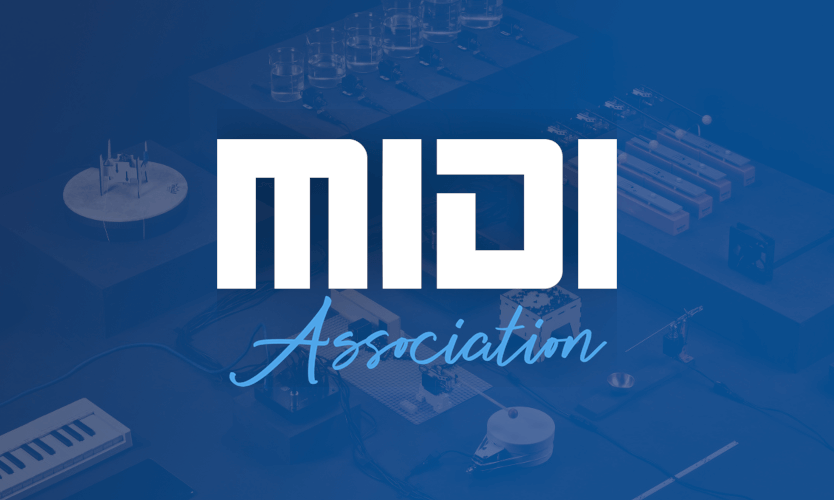One reason for the success—and longevity—of the original MIDI specification was the care that went into developing a “bullet-proof” spec before products were introduced. Now, history is repeating itself with MIDI 2.0.
In the past month, members of the MIDI Manufacturers Association have reviewed and adopted eight new MIDI 2.0 specification families, bringing the total to thirteen finalized specs.
The eight new specifications take advantage of MIDI Capability Inquiry (CI), a protocol that expands MIDI with new features while protecting backward compatibility. MIDI 2.0 devices can query MIDI 2.0 and 1.0 gear automatically about the functions they include, follow rules that create user-friendly profiles for different instrument types, and standardize formats for exchanging properties (such as preset data) among instruments and DAWs. Furthermore, a universal MIDI data packet accommodates communicating both MIDI 2.0 and 1.0 data over USB.
Parallel MMA working groups are currently working on specifications for default control mappings, orchestral articulations, guitar controllers, wind controllers, a standard file format for MIDI 2.0, and other elements designed to add both convenience and power to upcoming MIDI 2.0 products.
MMA President Craig Anderton says:
“It’s fascinating to see what’s going on behind the scenes, particularly because of the effort being put into backwards compatibility. As a result, I expect that the transition to MIDI 2.0 won’t be a jarring change, but a smooth crossfade that will enhance current systems for years to come.”
For details on the new specs, MIDI 2.0 spec downloads, and news and applications involving MIDI, please visit the MIDI Association. Membership is free upon registration, and there’s an option to subscribe to a blog with updates on the latest MIDI news.
More information: MIDI Association




